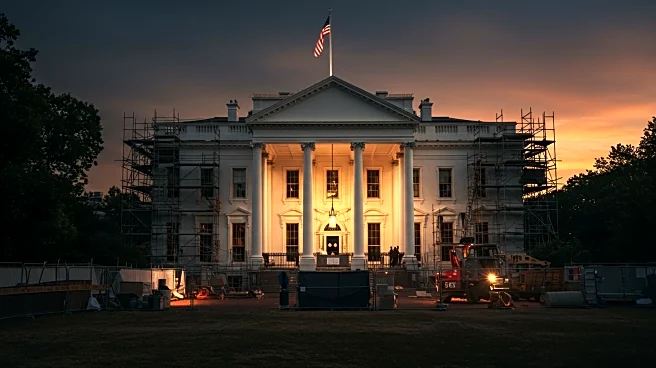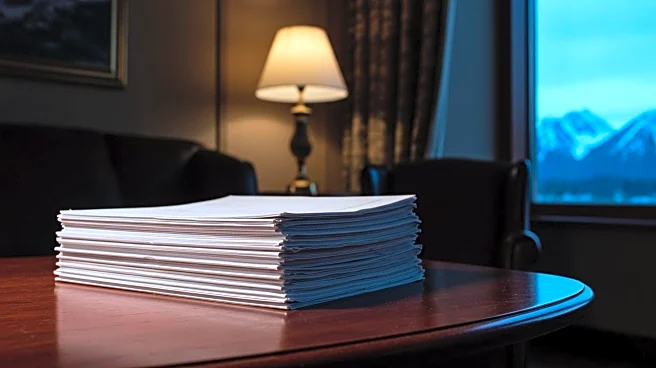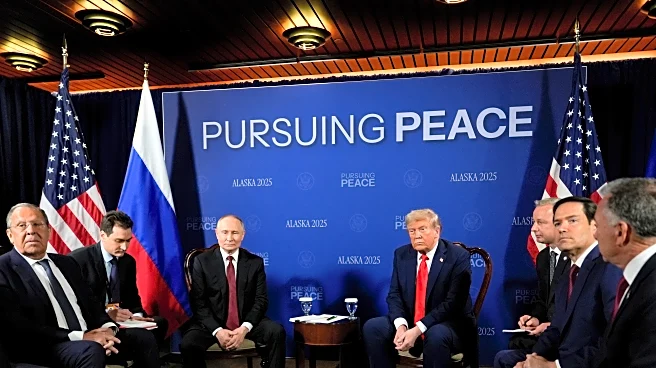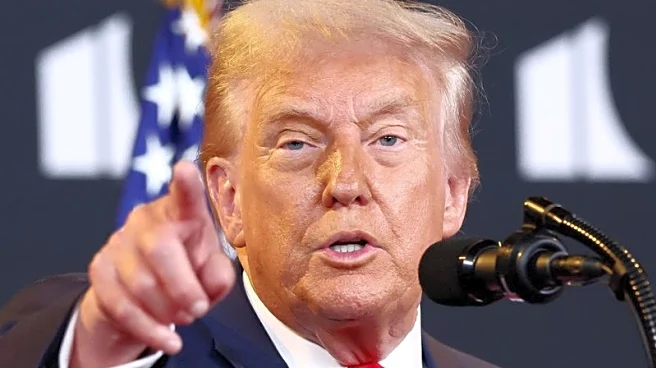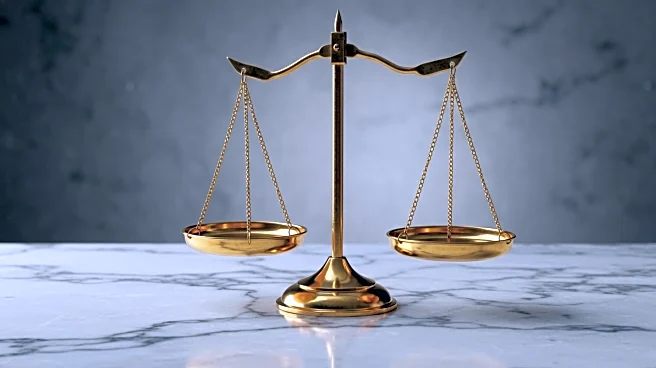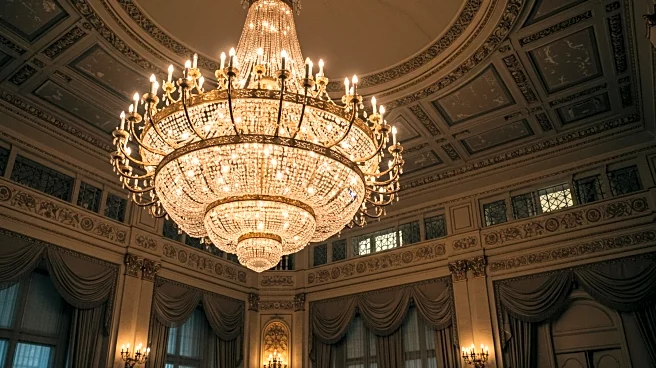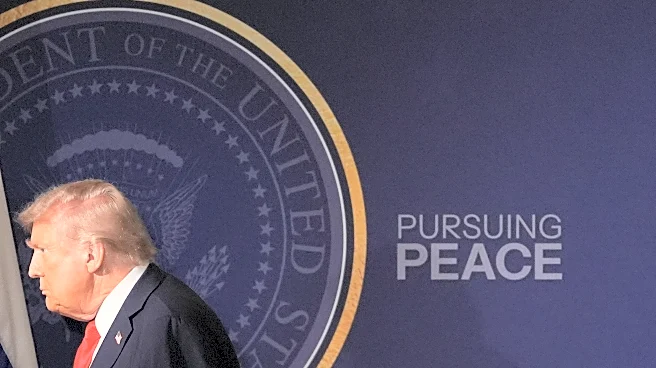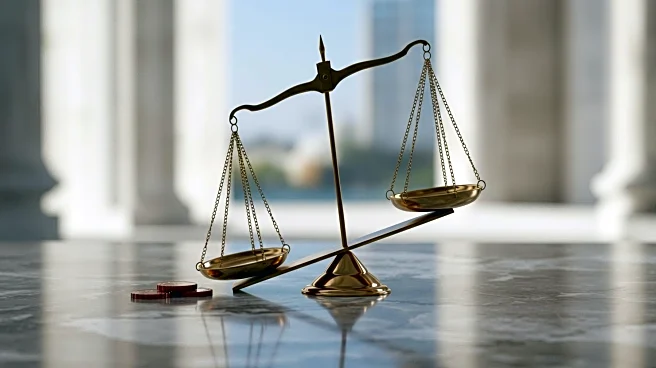What is the story about?
What's Happening?
President Trump has initiated significant renovations to the White House, sparking debate over the historical integrity and appropriateness of such changes. The renovations include extensive use of gold in the Oval Office and plans to transform the Rose Garden into a concrete patio, reminiscent of his Mar-a-Lago estate. Most notably, Trump has announced a $200-million project to demolish the East Wing to construct a 90,000-square-foot ballroom. Critics argue that these changes reflect a monarchical approach to governance, with historian John A. Lawrence suggesting they symbolize an agglomeration of power within the executive branch. The renovations have raised concerns about adherence to historical preservation standards and the transparency of funding sources.
Why It's Important?
The renovations have broader implications for public perception of the presidency and the White House as a symbol of American democracy. The changes challenge traditional views of the White House as a public institution, potentially altering its role as a historical and cultural landmark. Critics fear that the renovations could set a precedent for future administrations, impacting how the executive branch is perceived in terms of power and governance. The funding transparency and potential influence of donors also raise ethical questions, reminiscent of past controversies during the Reagan administration. The debate highlights tensions between personal taste and public responsibility in the stewardship of national heritage.
What's Next?
The project is expected to face scrutiny from preservation experts and legal challenges due to the lack of review by the National Capital Planning Commission, which is legally required for such changes. The administration's commitment to preserving the White House's historical integrity will be tested as the project progresses. Public and political reactions are likely to intensify, with potential implications for Trump's legacy and the future of White House renovations. The transparency of funding sources and the motives behind donor contributions will be closely monitored, potentially influencing public trust in the administration.
Beyond the Headlines
The renovations may reflect a deeper cultural shift towards personalization of public office spaces, raising questions about the balance between individual expression and institutional tradition. The scale and style of the changes could influence future discussions on the role of the presidency and the symbolic nature of the White House. The project may also prompt a reevaluation of historical preservation laws and their application to government buildings, potentially leading to legislative changes to protect national heritage sites.
AI Generated Content
Do you find this article useful?
